MULTICAVA ssp. FLORIBUNDA H.-C.Friedrich ex Tölken, 1975 (engl./ fr.)
Distribution : SA (occurring in the coastal mountains of central Natal, growing in shaded places, usually associated with rocky outcrops and often in sheltered kloofs).
Differs from ssp. multicava :
Plants with erect stiff branches, whole plant glabrous to hairy.
Stems taller, often erect, branched, to 30 cm.
Leaves often hairy.
Inflorescence with oblong obtuse bracts, without adventitious buds.
Flowers 5-merous, corolla 5 – 6 mm long, white or off-white, petals recurved and remaining so after flowering.
Flowering time : June - August.
A form with bright yellow edges and a green centre has been named C. multicava ssp. floribunda ‘Panache’ by Gordon Rowley in Crassula, A grower's guide, p. 136, 2003.
Note :
In Bradleya 39, p. 153-162, 2021, Crouch, Smith and Styles published an article titled "Crassula floribunda (Friedrich ex Toelken) N.R.Crouch, Gideon F.Sm. & D.Styles (Crassulaceae), a new status for a species endemic to central KwaZulu-Natal province, South Africa", suggesting that the former subspecies of C. multicava should be raised to species status. This is there personal opinion, whether it will be followed in the second edition of the Crassulaceae volume of the Illustrated Handbook of Succulent Plants remains to be seen.
On p.155 the authors wrote (regarding C. quadrifida) : "No specimens are cited in Baker (1873). The only original material is plate 298 that appeared in Refug. bot. along with the description. The name Crassula quadrifida Baker therefore does not have a holotype and the lectotypification of Toelken (1977: 208) must stand."
They err. There is no need for a lectotypification. The holotype is really the plate as illustrated in the protologue - the only included element and therefore automatically the type. So Toelken's designation is superfluous and can be disregarded.
-------------------------------------------------------------------------------------------------------------
Distribution : Afrique du Sud, localisée dans les montagnes côtières du Natal central, poussant à l'ombre, habituellement sur affleurements rocheux et souvent dans les kloofs (ravins) abrités.
Différences par rapport à la ssp. multicava :
Plante à branches raides érigées, la plante est entièrement glabre ou velue.
Tiges plus hautes, souvent érigées, ramifiées, atteignant 30 cm.
Feuilles souvent velues.
Inflorescence avec bractées oblongues obtuses, sans plantules adventives.
Fleurs pentamères, corolle 5 – 6 mm de long, blanche ou blanc cassé, pétales recourbés et demeurant après la floraison.
Période de floraison : Juin - août.
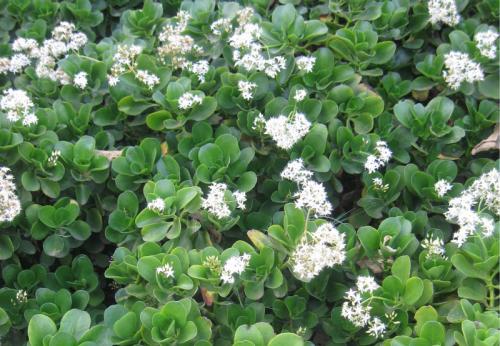
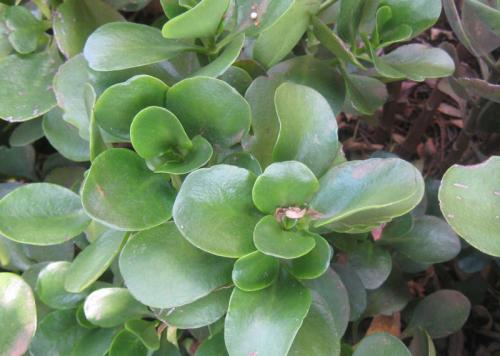
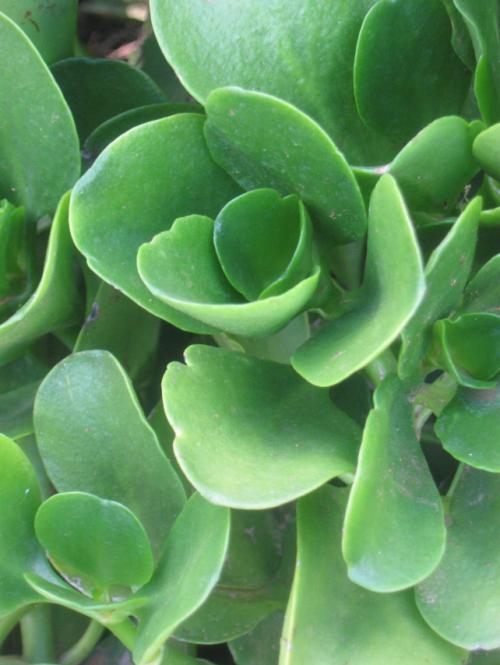
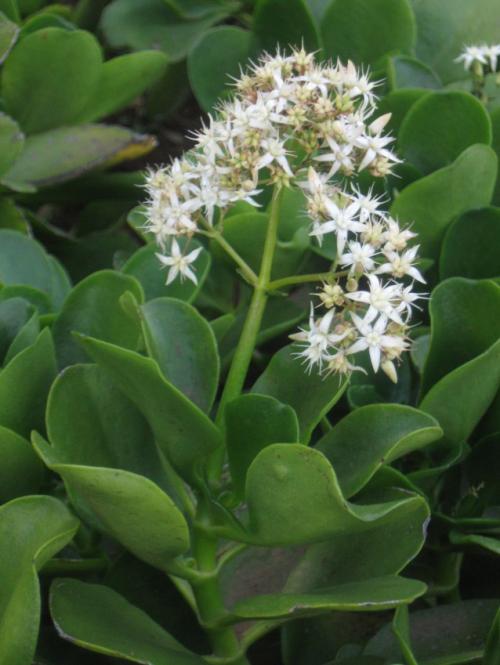
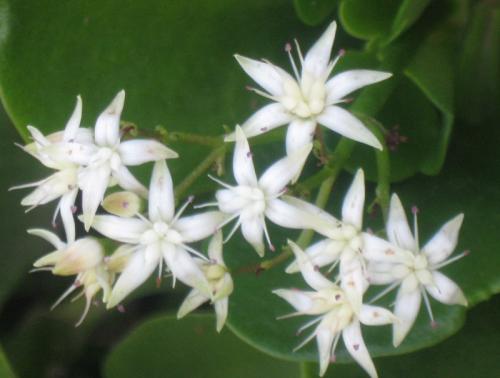
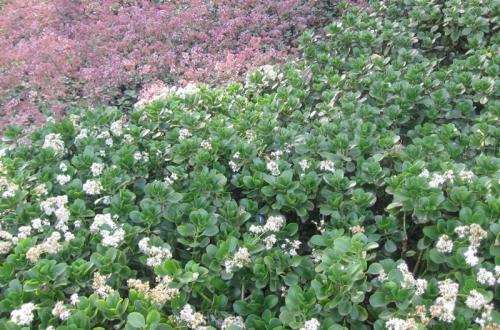
Comparison of ssp. floribunda (right) and ssp. multicava (left) :
Comparaison de la ssp. floribunda (à droite) avec la ssp. multicava (à gauche) :
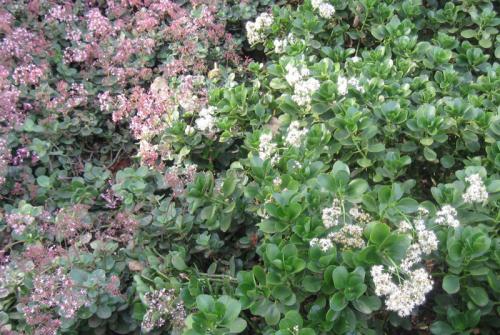
Pretoria National Botanical Gardens, SA
Photos Jacquie Koutsoudis